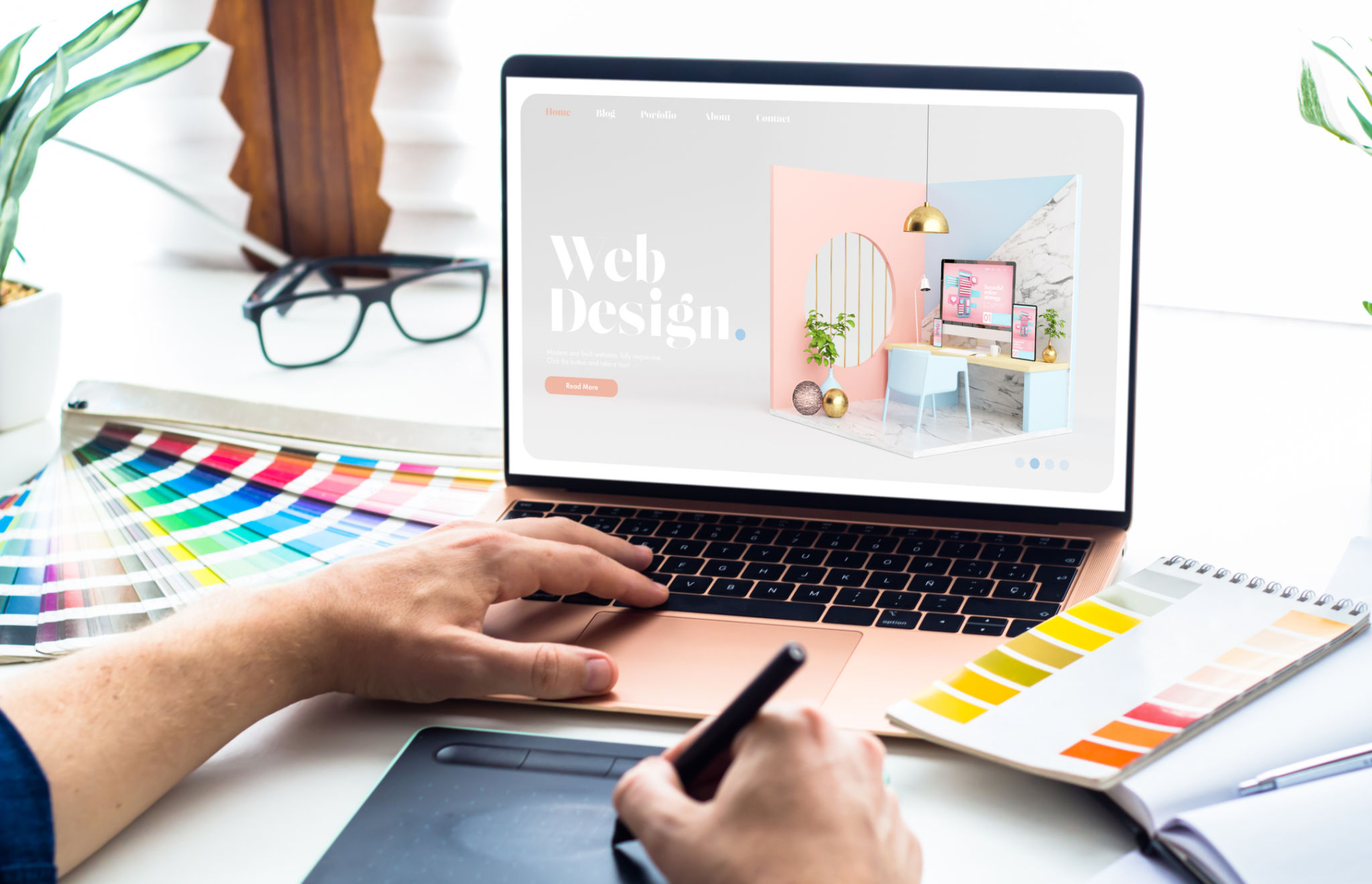How to Choose a Freelance Web Designer: 5 Key Considerations
Understanding Your Needs
Before diving into the world of freelance web designers, it's crucial to have a clear understanding of your project requirements. Consider the purpose of your website, the features you need, and your target audience. Having a detailed project brief will not only help you communicate effectively with potential designers but also ensure that you find someone whose skills align with your needs. Clarity is key when it comes to starting your search.
Take some time to browse through websites that inspire you and note what you like about them. This will help you convey your vision and preferences to the designer, making the collaboration smoother and more productive.

Portfolio and Experience
One of the most important aspects to consider when choosing a freelance web designer is their portfolio and experience. Look for designers who have worked on projects similar to yours. Reviewing their past work will give you an idea of their design style, versatility, and quality of work. Pay attention to the diversity in their portfolio; a versatile designer can adapt to different styles and requirements.
Moreover, consider their experience in the industry. While new designers may offer fresh perspectives, those with more experience often have a more refined process and can navigate challenges more efficiently.

Communication Skills
Effective communication is the cornerstone of a successful project. Ensure that the freelance web designer you choose is responsive and open to discussions. Ask yourself: Do they listen to your ideas? Are they prompt in replying to your queries? A designer who communicates well can better understand your vision and provide valuable feedback.
Regular updates and transparent communication can prevent misunderstandings and ensure that both parties are on the same page throughout the project lifecycle.
Budget Considerations
Your budget plays a significant role in determining which freelance web designer you can hire. It's essential to set a realistic budget that aligns with your project requirements. Remember, cheaper isn't always better; sometimes, paying a little extra for quality work can save you time and resources in the long run.
Discuss your budget upfront with potential designers to see if they can work within your financial constraints. Be clear about any additional costs that might arise during the project to avoid surprises later.

Availability and Timeline
Finally, consider the designer's availability and your project's timeline. Ensure that their schedule aligns with your deadlines. If you're working on a tight schedule, it's crucial to confirm that the designer can meet your expected completion date without compromising on quality.
Discussing timelines early on helps in managing expectations and ensures that there is enough time allocated for revisions and testing before the website goes live. A well-planned timeline can make the entire process more efficient and stress-free.
